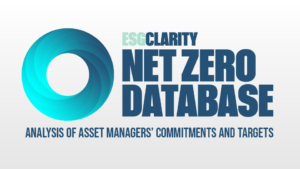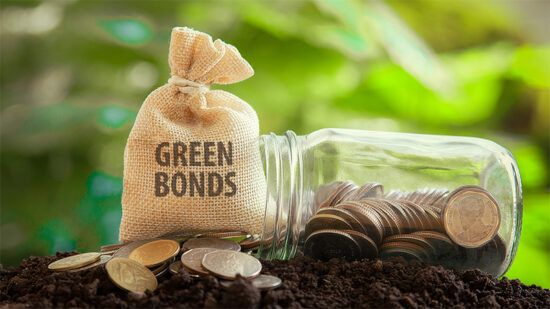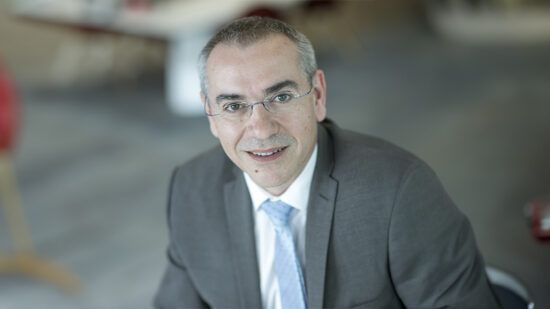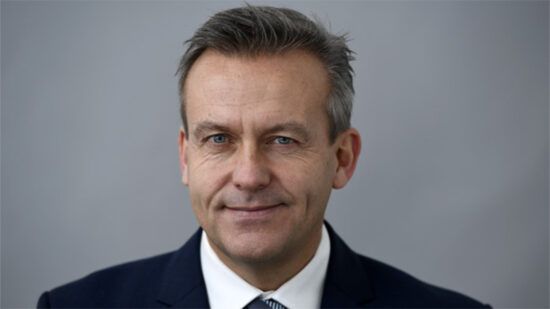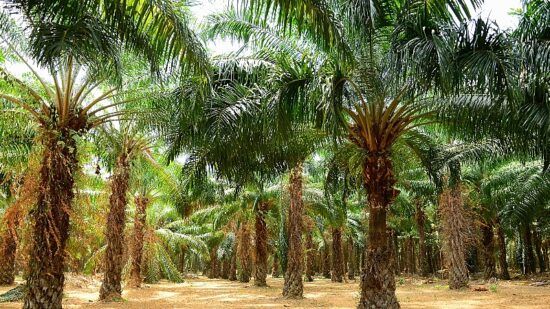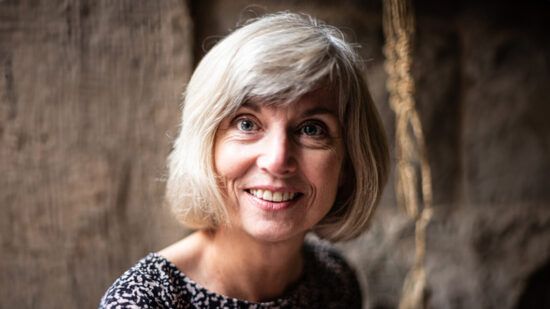In this Green Dream video interview, Evgenia Molotova, senior investment manager at Pictet Asset Management, discusses firm’s Positive Change fund, how it incorporates the UN Sustainable Development Goals (SDGs) into the investment philosophy and the risk/return profile of the fund.
She also shares some insights into the engagement process, alongside factors other impact portfolio managers should watch out for.
Watch the full video interview above and read the transcript below.
MN: Welcome back to the Green Dreams video series. My name is Michael Nelson, and today we have Evgenia Molotova with me, senior investment manager at Pictet Asset Management. Nice to meet you.
EM: Nice to meet you, too.
MN: So, today we’re going to be talking about the Positive Change fund, which is a fund that you co-lead and that looks to invest in companies with potential to improve their alignment with the UN Sustainable Development Goals. How do you translate those metrics to company level reporting, given that the SDGs were sort of originally conceived as a way for nations to measure their progress, rather than companies or financial institutions?
EM: As you said, SDGs were created for countries. However, they cover quite a good breadth of questions, so they address both social and environmental problems. And they also can be quite detailed if you look at subsidies, for example, for hostages, free health and well-being, subsidies are looking at road mortality, mortality caused by air pollution and the mortality of children, and the reduction of all of those.
So, we believe that actually the targets can be quite concrete and precise, which is great to use for the companies. However, some did translate words into working with companies because they are not discriminatory enough. For example, SDG 8, which talks about economic growth, and most of the companies which produce things that industrial scale will contribute positively to that. So it doesn’t make sense to look at it because there will be not enough spread between the companies. So we exclude this industry. We also exclude SDG 6, which is peaceful societies, which again addresses more countries runs and company and SDG 17.
MN: And then, so how do your clients or potential clients, I suppose, engage with you on the risk profile of that fund? And have you seen an appetite for that for that kind of investment increase recently?
EM: Our profile in terms of the risk return is, I would say, slightly different from a typical sustainable fund. So, in this sense, we are much more of a global fund. We do not exclude any sectors from our analysis. In fact, all our analysis is done on sector relative basis. which gives us quite a good breadth of sectors, which again makes us much closer to the global fund than to a sustainable fund, where sustainable funds very often choose the sectors which have lower fixed asset intensity, hence prevalence of IT and healthcare. Whereas for us you can see that we have, for example, have quite a big weighting in utilities and industrials, which are more asset heavier sectors. We do it not because of the asset heaviness but because we see some potential for impact improvement, so we have this diversified profile.
We also are looking at the companies which have very strong financial fundamentals. So, we need strong cash flow generation, low level of that, consistency of the sales and EPS growth and obviously strong level of returns, which again, gives you some insurance during the market turbulence. So, we would say that our strategy aims to outperform the market with lower volatility than the market, which again makes us quite different from typical sustainable fund, and again gives us a better risk/return profile.
And finally, in terms of the factor exposure, a lot of sustainable funds have quite strong growth exposure, whereas we have more balanced. And again, it was designed this way. So we’re looking at some value sectors like financials or utilities, which, make us much more of a global fund presence in pure sustainable fund. And obviously in the last two years, some of the sustainable funds underperformed because of these kind of characteristics. and, this is why we believe that there is more interest recently in products like ours where you have more balanced exposure.
MN: And given that sort of increased interest, do you think that is a trend sort of on a more broader basis, or is it something specific to your fund?
EM: There is obviously place for different strategies, and it depends on what risk return profiles an investor is seeking. Some investors would prefer to have higher volatility for potentially high upside and some want more balanced exposure. And I believe that investors reposition during different times in the cycle. I can’t say one trend will sort of completely dominate, it is always, I think, many products have a place in the market.
MN: And then you sort of spoke about, some of the difficulties over the last 18 months or so. Did you find launching the fund just before that industry reflection, or I suppose reflective period, difficult, or how did it impact you in some respects?
EM: We launched in June 2022, and this was a very turbulent year in terms of what was happening in the stockmarket. And again, we believe being diversified, having exposure to not only developed markets, but also developing markets really helped us in terms of performance. Obviously, when we launched, the impact improvement notion was quite new. It was difficult for us to explain to investors we are not only buying best in class companies, but we are buying companies where they will have place in society – we will still need cement to produce to build houses or still to build bridges. However, those industries have very strong negative environmental externalities that need to be addressed. And, we believe as investors we can’t just disregards all sectors. So, I think that it took a while to explain that these impact improvers actually have plays in sustainable portfolios, but now we have much wider acceptance.
MN: And then, in terms of engagement with the companies within your portfolio, what have you learned over the last two years and what advice would you give to other impact investors around engagement?
EM: First, what we learned is that it’s extremely time consuming and effort consuming. If you want to build an engagement product, be ready that it will take you more time almost to engage and to actually build investments as for us they go hand in hand: the impact improvement thesis and investment thesis. So, we can’t do one without another, so engagement is a huge part of what we do. and, sometimes it’s more difficult. sometimes it’s easier.
What we learned in some companies, for example, especially in the US, they didn’t even realise that what they’re doing is more sustainable than what they’re saying. So, because there was no demand from the local market in terms of sustainable characteristics of their products, they didn’t really advertise it. They didn’t really put it in, say, investment materials, etc. So, we had to do some education in terms of…
We had some easy wins where we could just persuade companies to reformulate the way they talk about their products. But in some cases, especially if it’s a large company – for example, we are engaging with some auto manufacturers – it obviously takes much longer. And, it needs to make sense for a company what you are offering. So, we are not this naming and shaming activist who will come and try to engage the company into submission. We always try to make a partnership with the company.
We first analyse where they commercially make sense for the company to do what we offer. We speak to a lot of industry experts, that’s why it’s so time consuming. So, before we even start to engage, we do a lot of homework. And then, if it does commercially make sense, it’s much easier to get the company on board even if we are smaller strategy, but obviously it always takes time and it’s much easier to delete a line on Excel than to actually do it in practice. So it yeah, it takes a lot of effort to engage. But it is also great to see the results when something is happening and when it also affects the share price of the company. You see that your success is working. It’s very rewarding.
MN: And then the last question is one we always ask on the Green Dreams videos, what is your favourite sustainable snack or drink?
EM: So I am half Russian, half Ukrainian. And in the past, when I was a child, my mom and I, every autumn, we spent a week pickling everything because in winter there is no fresh vegetables. So since then I still like, I like pickled tomatoes, pickle cucumbers, cabbage – sauerkraut in German, in Russian it’s called differently. It’s difficult to find it here., so sometimes I still do it myself.
MN: I’m a really big fan of sauerkraut as well, so it speaks right to me. It’s been fantastic speaking with you today, thank you so much for coming in.
EM: Thank you so much for having us.


